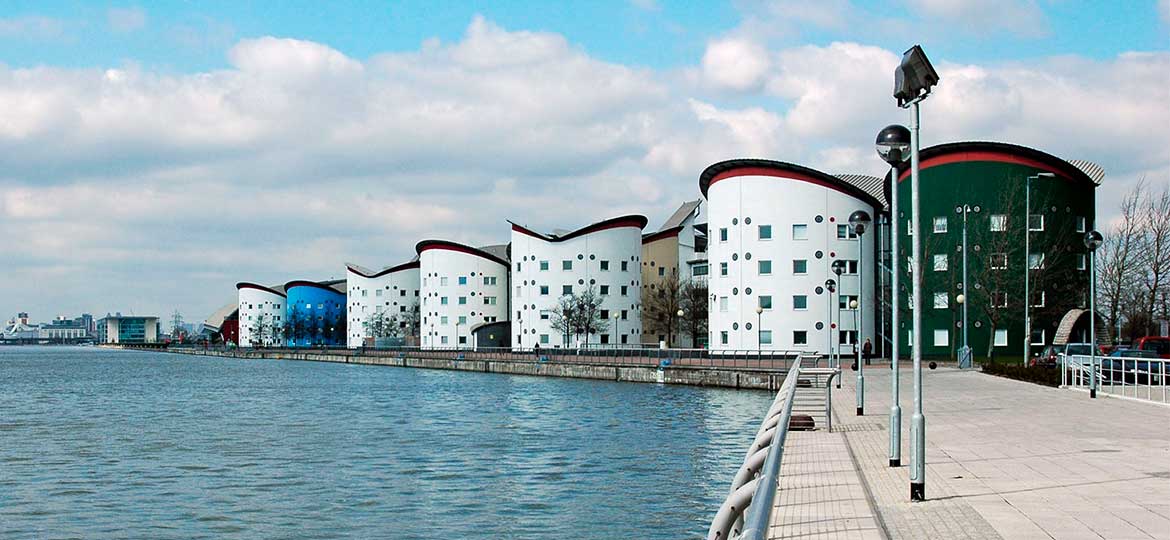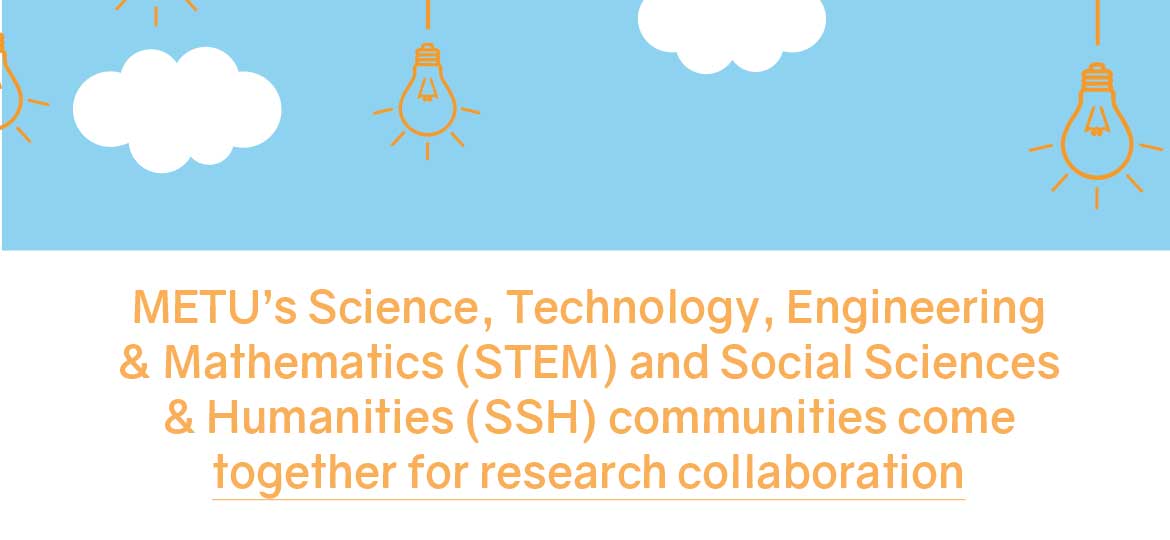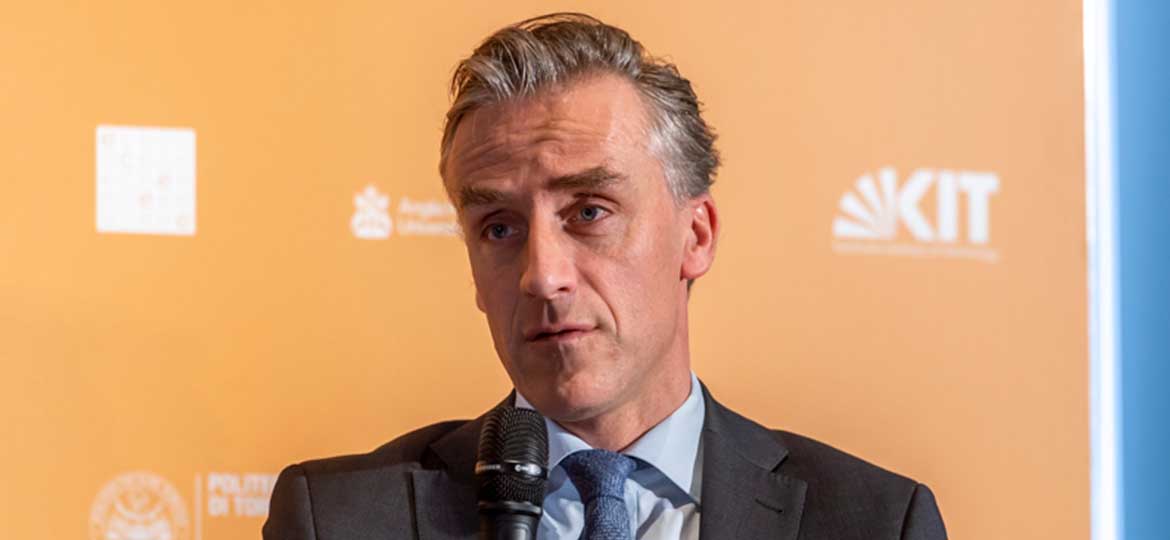By Tina Schivatcheva, PhD researcher from Free University Berlin
‘Alice in the Wonderland or greening of the European data centres: my internship at the EURECA project’ (part I)
A PhD candidate in Political Science, I ventured into the computer science and technology world in December, 2017, when I started my internship at the EURECA Project, coordinated in the UK by the University of East London (UEL), and led by Dr. Rabih Bashroush, Director of the Software Architecture Research Group and Reader in Distributed Systems and Software Engineering at UEL. EURECA stands for ”EU Resource Efficiency Coordination Action” and as a social scientist I joined the project to study the potential public procurement criteria for data centres that would help the production of more renewable energy. In the beginning I had the misconceived notion that the ‘coordination action’ aspect will entail endless and complicated exchanges between government officials, speaking in bureaucratese, and techno-experts, trying to converse with them in tech-talk. It was nothing like that! Instead my experience helped me discover a dynamic and innovative industry, actively seeking ways to transform itself into becoming greener and more environmentally friendly.
EURECA is an EU Commission funded project under the Horizon 2020 Programme, which started in March 2015. Partners from the United Kingdom, Ireland, Netherlands and Germany teamed up in order to evaluate 350 European data centres. EURECA has been designed to provide tailored solutions to help identify the cost saving opportunities whilst signposting the environmental impact of procurement choices in data centres.
At the start of my internship I felt like Alice in the Wonderland, as I kept discovering the extent of the digital foundations of our modern societies and economies. Government, companies and people have an insatiable appetite for more data and consequently the demand for data centres is growing. But today, the data centres are not only growing, but also greening.
The old definition of what data centres are described them as facilities that provide the connectivity hubs, power distribution, operational environment and physical security for some of the critical equipment needed to support our digital age.
Until recently, the energy efficiency of integrated circuits, computers, and communication devices were far less important than their computational and communication capabilities. This has changed over the last few years, especially as energy prices have increased. Mukhanov (2011) reports that increased computing performances, combined with centralisation of computing into data centres, has resulted in the doubling and tripling of data centre energy densities. Information and communications technology (ICT) infrastructure already accounts for roughly 3 percent of global electricity usage (Mukhanov, 2011). No other industry, so vital to the world community, is increasing its energy and carbon footprint at such a drastic rate (Ruth, 2009). At the same time, however, concerns are growing about the impact of such intensive energy consumption. According to Mukhanov (2011) studies for the next generation of computers show that the power consumption for a future Exascale supercomputing system, even under optimistic assumptions, would be 100–200MW. This power is close to that generated by a small power plant—it is not feasible to bring that much power into a building safely. Moreover, just the electric bill alone would be more than $100 million per year. Delporte, Rigamonti, and Dassatti (2016) acknowledge that the energy consumption problem is one of the major limiting factor to more powerful devices as well as one of the major sources of expenses (and pollution) for big data centers. Some scholars even doubt if to date, it is clear, whether the resource and energy savings through ICT overbalance the resource and energy consumption by ICT, or not (Naumann et. al., 2011).
Consequently, contemporary technology is increasingly concerned with becoming greener. Green IT is promoted by a variety of new methods, which range from new regulations for IT equipment disposal to stringent energy-efficiency specifications for PCs and monitors to national standards for data centre power savings (Ruth, 2009). Reflecting the growing social concerns about the environmental impact of data centres, even the very definition of what is a data centre has changed, also becoming greener. Now Uddin and Rahman (2012) suggest the following definition of a green data centre, defined as ‘’energy-efficient, dense computing ecosystem’’, which is also a ‘’repository for storage, management and dissemination of data in which mechanical, lighting, electrical and computing systems are designed for maximum energy efficiency and minimum environmental impact’’.
The rapid technological advance poses a considerable social dilemma: how to craft an adequate government action to govern this change? The Wonderland of the contemporary computer science and technology is full of alluring social promises as well as of unexpected traps. I was about to discover more about the question and the spectrum of possible answers via my participation in the 14th EURECA workshop which took place in London. You will read more about it in my next blog.
Bibliography
Delporte, Baptiste, Rigamonti, Roberto, Dassatti, Alberto, 2016, “HPA: An opportunistic approach to embedded energy efficiency”, International Conference on High Performance Computing & Simulation (HPCS) 2016, pp. 792-799.
Mukhanov, Oleg A. 2011, “Energy-Efficient Single Flux Quantum Technology”, Applied Superconductivity IEEE Transactions on, vol. 21, pp. 760-769.
Naumann, Stefan Markus Dick, Eva Kern, Timo Johann, 2011, Sustainable Computing: Informatics and Systems 1 (2011) 294–304.
Ruth, Stephen, 2009, Green IT More Than a Three Percent Solution?, IEEE Internet Computing ( Volume: 13, Issue: 4, July-Aug. 2009) pp. 80-84.
Uddin, M., Rahman, A.A. 2012, Renewable and Sustainable Energy Reviews 16 (2012) 4078–4094.







